The Fine Arts Museums
The Fine Arts Museums of San Francisco (FAMSF) is an art collection established in 1895.
The museum complex includes the M. H. de Young Memorial Museum in Golden Gate Park and the Legion of Honor Museum in Lincoln Park, being the largest cultural institution in San Francisco and one of the largest art museums in California.
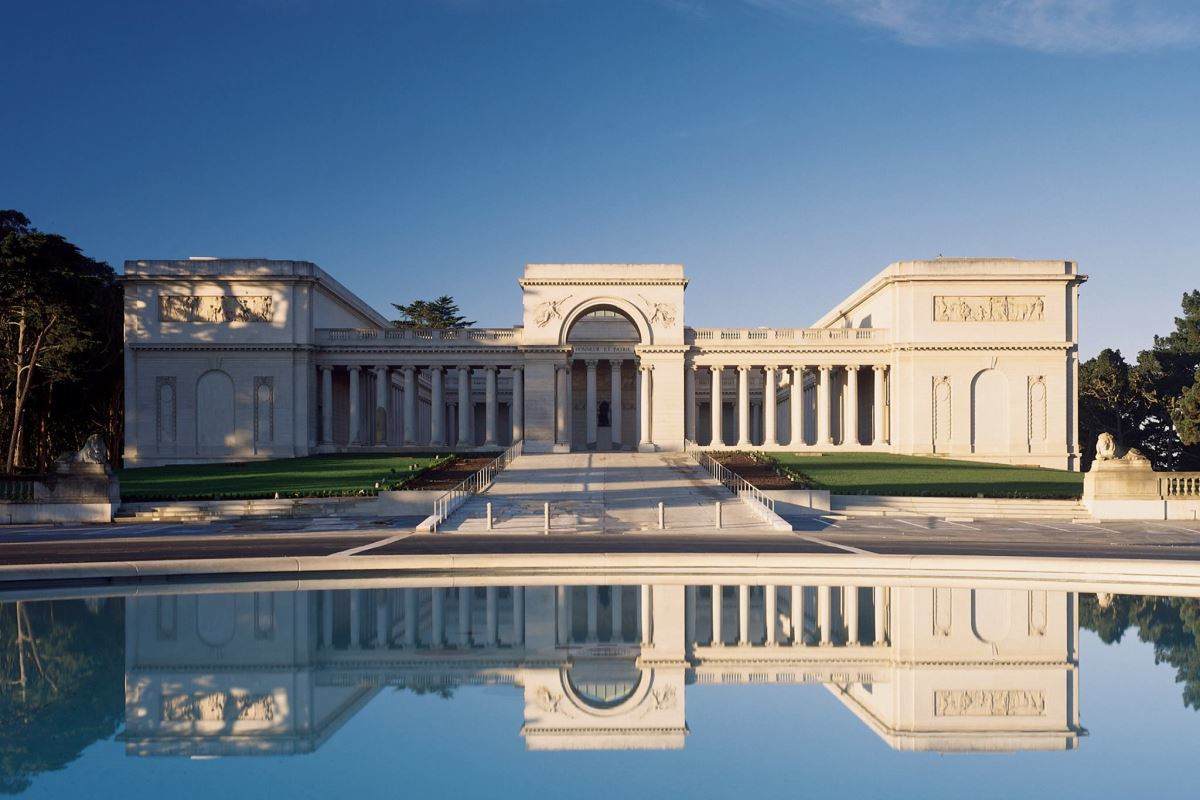
The official name of the museum is M. H. de Young Memorial Museum, in honor of Michael Henry de Young (1849-1925), a local journalist, businessman and director of the Associated Press news agency. But usually everyone calls it by its shorter name, the de Young Museum.
The de Young Museum is an art museum in Golden Gate Park on Music Concourse, across from the California Academy of Science Museum. It is known for its anthropological collections as well as its collection of American (U.S.) painting, sculpture and decorative arts.
The museum opened in the late 19th century during the International Exhibition. Henry de Young served as chairman and co-founder of the organizing committee. The original building, also located in Golden Gate Park, had a pseudo-Egyptian appearance. After the 1906 earthquake, the building was rebuilt and reconstructed. Since 2005, the museum is housed in a new building with a towering tower. The building is finished in copper and has abstract forms, which caused active opposition from the conservative city authorities, but the persistence of the museum administration nevertheless allowed the project to be realized.
In doing so, it was possible to achieve such features of the de Young Museum as:
- Integrating the museum into the park and the park into the museum, recreating the idea of a “museum in the park.”
- to combine art and learning as two key partners for the overall renewal of Golden Gate Park;
- told the art history of both Americas as no one had ever told it before – through a dynamic narrative of objects from ancient Mesolithic America to the modern day;
- connected San Francisco to the world through diverse collections and touring exhibitions;
- affirmed that art matters to all of us, both individuals and entire communities;
- became a celebrated American museum to celebrate the city’s powerful power and diversity.
The structure is clad entirely in copper (a total of 7,602 panels of various shapes were used), and it is the largest building covered in this metal in the world.
The centerpiece of the project is a curved tower that rises above the crown of the trees in Golden Gate Park, where the museum is located. It overlooks the city and connects the building with San Francisco: the tower’s size allowed it to become a prominent element of the cityscape. Like the building itself, its striking identity will express the uniqueness of exhibitions, programs. Every visitor can climb the de Young Tower, see all parts of the city (Lincoln Park, the Golden Gate Bridge, downtown, and the business district…), and feel the sense of completeness and satisfaction of visiting a museum that has brought them to the heart of San Francisco.
Rectangular in plan, the main volume is cut by small courtyards planted with ferns. Their glass walls allowed the gardens to become part of the museum’s interior.
The museum’s current collection includes American art from the 17th through 21st centuries, international contemporary art, and textiles and costumes from Africa, the Pacific Basin, and South America.
The American collection includes 1,000 paintings, 800 sculptures and 3,000 pieces of decorative arts. Works by contemporary artists are represented by creations by David Nash, Bruce Nauman, Cornelia Parker, Sean Scully, and Piotr Abraszewski. Aboriginal art is arranged thematically rather than geographically, and this part of the collection contains 1,400 pieces.
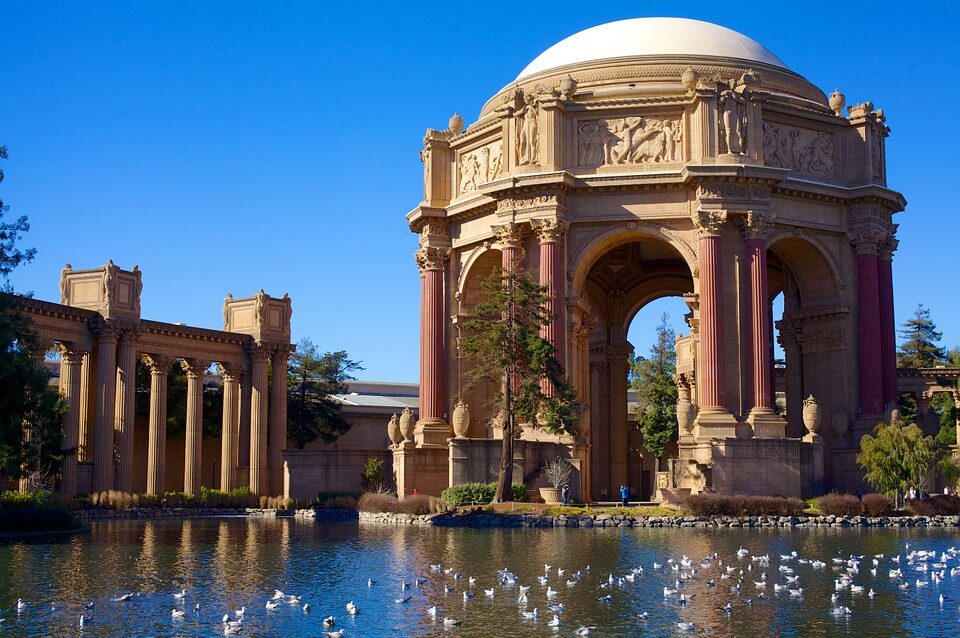
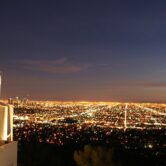
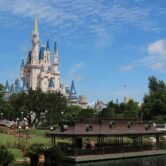
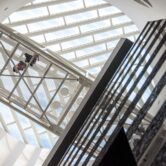
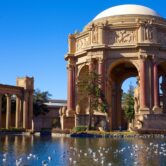
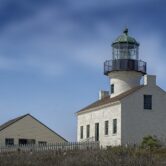
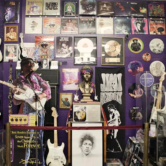
Leave a Reply